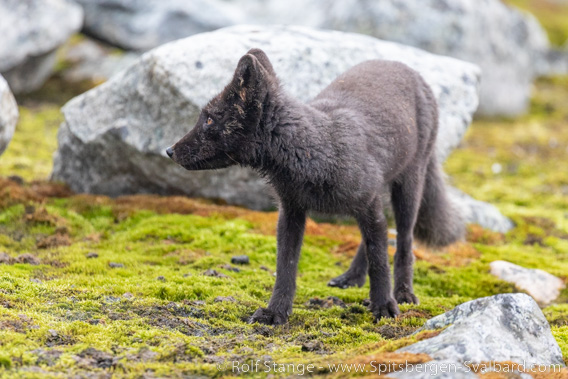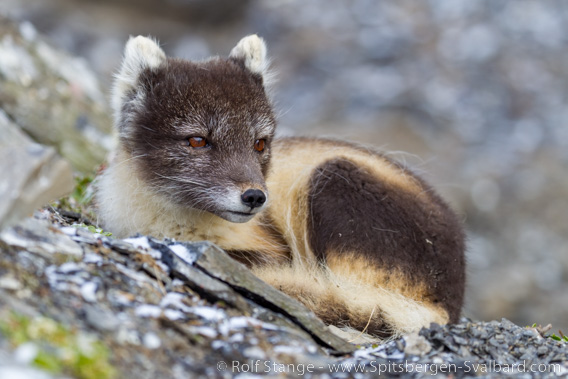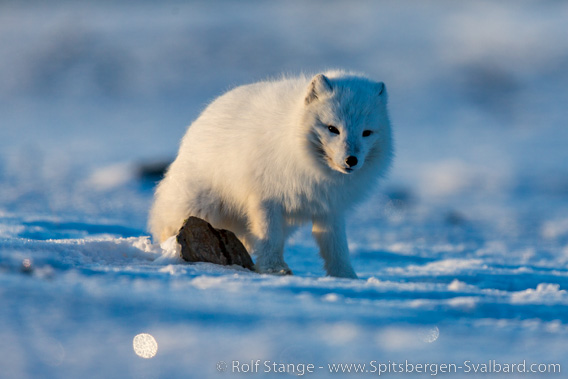-
current
recommendations- Liefdefjord
New page dedicated to one of Spitsbergen's most beautiful fjords. Background information and many photos.
- New Spitsbergen guidebook
The new edition of my Spitsbergen guidebook is out and available now!
- Liefdefjord
New page dedicated to one of Spitsbergen's most beautiful fjords. Background information and many photos.
Page Structure
-
Spitsbergen-News
- Select Month
- June 2025
- May 2025
- April 2025
- March 2025
- February 2025
- January 2025
- December 2024
- November 2024
- October 2024
- September 2024
- August 2024
- July 2024
- June 2024
- May 2024
- April 2024
- March 2024
- February 2024
- January 2024
- December 2023
- November 2023
- October 2023
- September 2023
- August 2023
- July 2023
- June 2023
- May 2023
- April 2023
- March 2023
- February 2023
- January 2023
- December 2022
- November 2022
- October 2022
- September 2022
- August 2022
- July 2022
- June 2022
- May 2022
- April 2022
- March 2022
- February 2022
- January 2022
- December 2021
- November 2021
- October 2021
- September 2021
- August 2021
- July 2021
- June 2021
- May 2021
- April 2021
- March 2021
- February 2021
- January 2021
- December 2020
- November 2020
- October 2020
- September 2020
- August 2020
- July 2020
- June 2020
- May 2020
- April 2020
- March 2020
- February 2020
- January 2020
- December 2019
- November 2019
- October 2019
- September 2019
- August 2019
- July 2019
- June 2019
- May 2019
- April 2019
- March 2019
- February 2019
- January 2019
- December 2018
- November 2018
- October 2018
- September 2018
- August 2018
- July 2018
- June 2018
- May 2018
- April 2018
- March 2018
- February 2018
- January 2018
- December 2017
- November 2017
- October 2017
- September 2017
- August 2017
- July 2017
- June 2017
- May 2017
- April 2017
- March 2017
- February 2017
- January 2017
- December 2016
- November 2016
- October 2016
- September 2016
- August 2016
- July 2016
- June 2016
- May 2016
- April 2016
- March 2016
- February 2016
- January 2016
- December 2015
- November 2015
- October 2015
- September 2015
- August 2015
- July 2015
- June 2015
- May 2015
- April 2015
- March 2015
- February 2015
- January 2015
- December 2014
- November 2014
- October 2014
- September 2014
- August 2014
- July 2014
- June 2014
- May 2014
- April 2014
- March 2014
- February 2014
- January 2014
- December 2013
- November 2013
- October 2013
- September 2013
- August 2013
- July 2013
- June 2013
- May 2013
- April 2013
- March 2013
- February 2013
- January 2013
- December 2012
- November 2012
- October 2012
- September 2012
- August 2012
- July 2012
- June 2012
- May 2012
- April 2012
- March 2012
- February 2012
- January 2012
- December 2011
- November 2011
- October 2011
- September 2011
- August 2011
- May 2011
- April 2011
- March 2011
- February 2011
- January 2011
- December 2010
- November 2010
- September 2010
- August 2010
- July 2010
- June 2010
- May 2010
- April 2010
- March 2010
- February 2010
- November 2009
- October 2009
- August 2009
- July 2009
- June 2009
- May 2009
- April 2009
- March 2009
- February 2009
- January 2009
- December 2008
- November 2008
- October 2008
- August 2008
- July 2008
- June 2008
- May 2008
- April 2008
- March 2008
- February 2008
- April 2000
- Select Month
-
weather information
-
Newsletter

| Guidebook: Spitsbergen-Svalbard |
Home → * News and Stories → Time of moulting of polar foxes controlled by temperature
Time of moulting of polar foxes controlled by temperature
Polar foxes (also known as “arctic fox”) moult twice a year, with a change from the thicker winter fur to the thinner summer fur in spring and back again in autumn. Both kinds of polar foxes do that: the white fox with the prominent change from white winter fur to brown summer fur and back, and the blue fox which is – no, not blue, but brown throughout the year.
Next to thermal isolation, camouflage can be an important function of the fur, at least for the white fox, and this requires a synchronised timing of the moulting and the snow melting/fresh snow periods.

Polar fox, fur version 1: Blue fox.
So far, scientists assumed that the timing of the moulting period is largely controlled by the length of daylight. This could be problematic if the timing of the snow melt/fresh snow period gets decoupled from certain customary daylight length values. This might result in animals still having white winter fur on brown tundra when the snow melt is through, earlier than in previous times, and this again would involve a loss of camouflage: the animal has a higher risk of falling victim to a predator or possibly to reduced hunting success if it itself is a predator, such as the polar fox.

Polar fox, fur version 2: white fox in summer coat.
But recent scientific data indicate that the timing of the fur change may be coupled to temperature and snow cover development rather than to the length of daylight, as biologist Lucie Laporte-Devylder and co-authors from NINA (Norwegian institute for nature research) write in a scientific publication Laporte-Devylder used photos taken over years by automatic cameras and correlated them with meteorological and snow cover data. The result indicates that temperature and snow cover are a significant factor for the timing of the fur change of polar foxes. This might mean that polar foxes are better able to adjust to climate-change-induced changes the snow cover then previously believed.

Polar fox, fur version 3: white fox in winter coat.
The data are from the Snøhetta area on the Norwegian mainland. The results may, however, not be fully applicable to the polar fox population in Svalbard. On the mainland, polar foxes with bad camouflage run a higher risk of predation by sea eagles, but there are no eagles or other large birds of prey in Svalbard.
There, however, polar foxes have an entirely different problem with their fur: lice are currently becoming more and more common in Svalbard. So far, nobody can tell where they are coming from and what the consequences will be for the affected foxes.
BOOKS, CALENDAR, POSTCARDS AND MORE
This and other publishing products of the Spitsbergen publishing house in the Spitsbergen-Shop.
last modification: 2022-12-03 ·
copyright: Rolf Stange





































